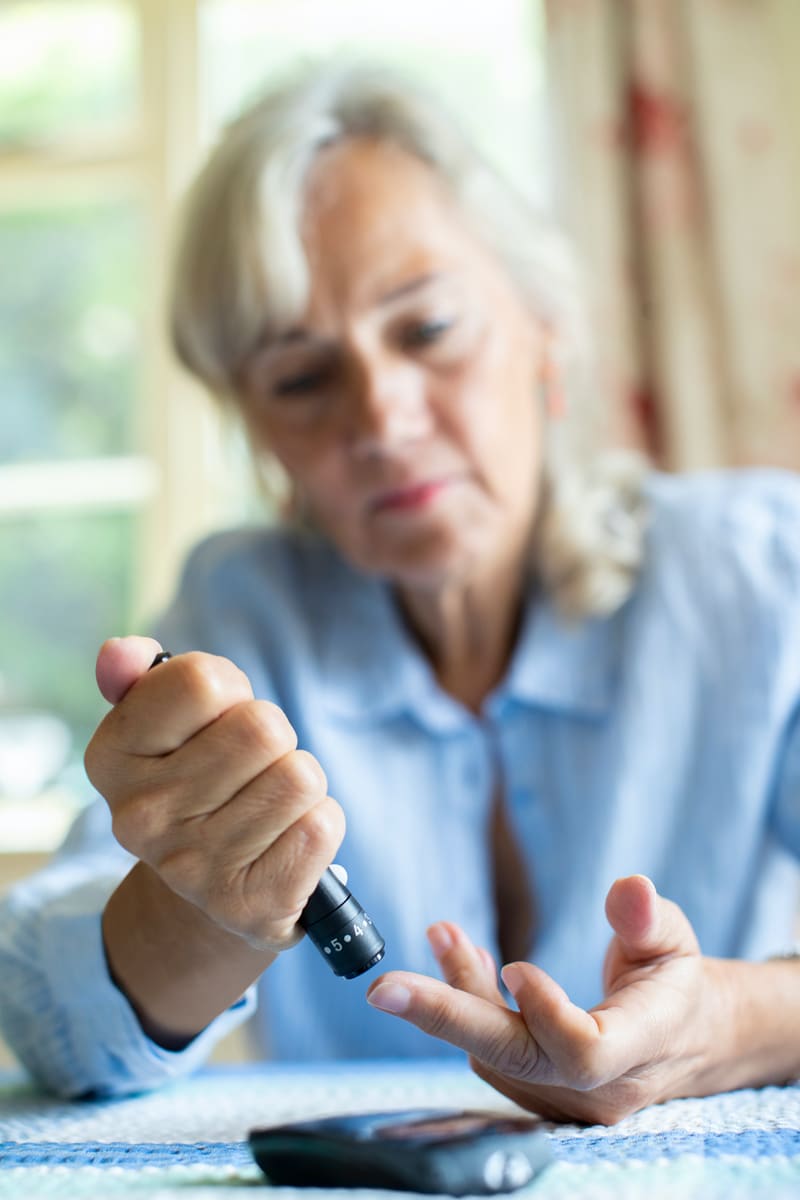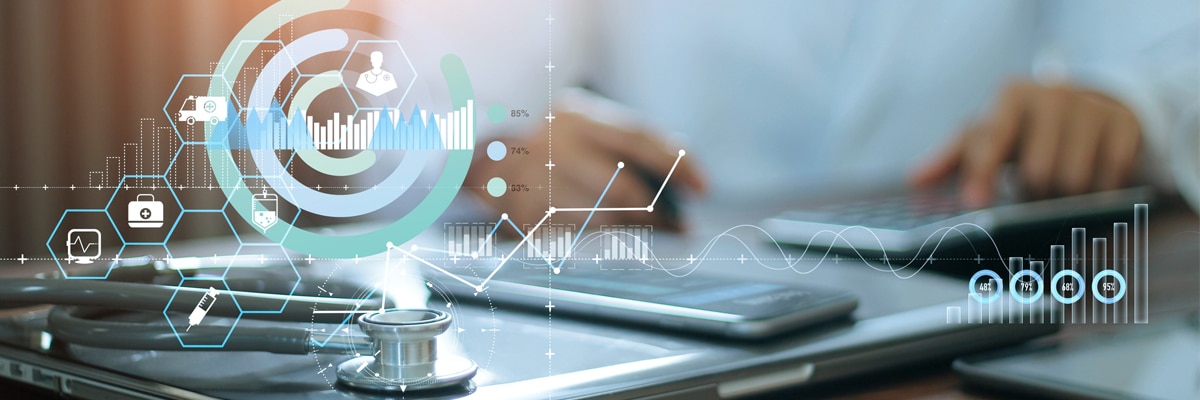
Seniors and Telehealth: Physicians’ 2021 Goal
The potential for telehealth and remotee patient monitoring (RPM) in terms of its impact on aging in place is enormous. It helps with tracking vital signs, communicating with physicians and their offices, and even receiving on-the-spot care via video chat.
Telehealth makes life easier.
Only if it works though, and if it’s easily accessible. We know this to be true, not just intuitively.
McKinsey’s May 2020 report showed a significant uptick in telehealth between 2019 and May of 2020… from 11% of American adults utilizing it to 46% using it as a replacement for in-office visits. And that’s just in May. COVID had barely reared its ugly head by then.
But what about seniors? If someone didn’t grow up using Internet, then will they be less comfortable with utilizing the technology?
Not necessarily. There has been a massive increase in use of telehealth from those on Medicare. Telehealth visits rose from about 10,000 virtual visits per week to about 1.7 million per week, with older Americans comprising a significant percentage of that total.
And from now on, according to AARP, 20 – 30% of all medical care is expected to be delivered digitally. And that’s good, in part because according to a study at Brigham and Women’s Hospital in Boston, patients heal better at home.
Better Access. Better Communication.
What then can we do to make seniors feel comfortable with the technology?
Address their concerns: access and communication.
There are two kinds of barriers to telehealth access: access to the Internet; and accessible/easy-to-use technology. Internet access restrictions are worse in rural areas. In fact, nearly one quarter of all rural residents do not have access to reliable broadband (FCC 2019).
That is changing rapidly, however, with public/private partnerships and both federal and state funding increases. Healthcare associations can influence, however, by putting more pressure on government agencies to assure equal access. Once broadband to the home is available, however, raises the question of cost. Will fees associated with adoption be palatable to seniors on a restricted budget? For some, no. But just as many are reviewing cost of care, learning that telehealth is covered may encourage them to try.
Accessible technology – hardware and software — is changing rapidly.
Hardware has become easier to use, with voice automation technology and touchscreen input. From inexpensive tablets to devices such as Amazon Echo, it is easier than ever to make the technology connection.
Software, on the other hand, has taken a bit longer to evolve. The interface that physicians choose for their patients can make the difference between accepting the technology and rejecting it. At DocsInk, we created a user interface that makes it simple to get onboard.
In fact, it’s a simple four step process:
1. The physician’s office simply sends an email notification to the patient with instructions on creating a unique password.
2. The patient clicks on the link and downloads the DocsInk patient care app.
3. The app walks them, step-by-step, through a simple onboarding process.
4. Within minutes, they are connected and sharing health data with their provider in real-time.
Simplicity is key. The bottom line is that the provider should select the solution that simplifies technology adoption not only for the practice but for the patient as well.
Bridge the gap between patient and technology.
Not all seniors are put off by telehealth. Not all patients are afraid of technology. Most all patients do need technology support, however!
It’s important for the staff to understand where each patient is, individually, in terms of how technology is perceived. Is it a boon or a barrier? Are they welcoming the change or pushing back against it?
Take the time before the first telehealth visit to offer insight into what the visit will be like. Provide a written checklist that reassures the patient that they will have an experience that works.
The American Psychological Association Services posted a list of things that can be done to make it easier for older adults to adapt to telehealth. You can access that list by clicking here.
The right direction.
The pandemic pushed us to take seriously adoption of telehealth for home health. According to Andrew Gettinger, M.D., chief clinical officer in the Office of the National Coordinator for Health Information Technology at the U.S. Department of Health and Human Services, it has pushed us in the right direction.
“This new ecosystem is potentially far more powerful than going to see a doctor once or twice a year. Home health is very rich and provides a whole new way of caring for folks.”
It’s up to us to make it easy enough to work. If your system is lacking, DocsInk can help.
To learn more about DocsInk and our solutions, visit us at www.DocsInk.com or contact us here.











Recent Comments